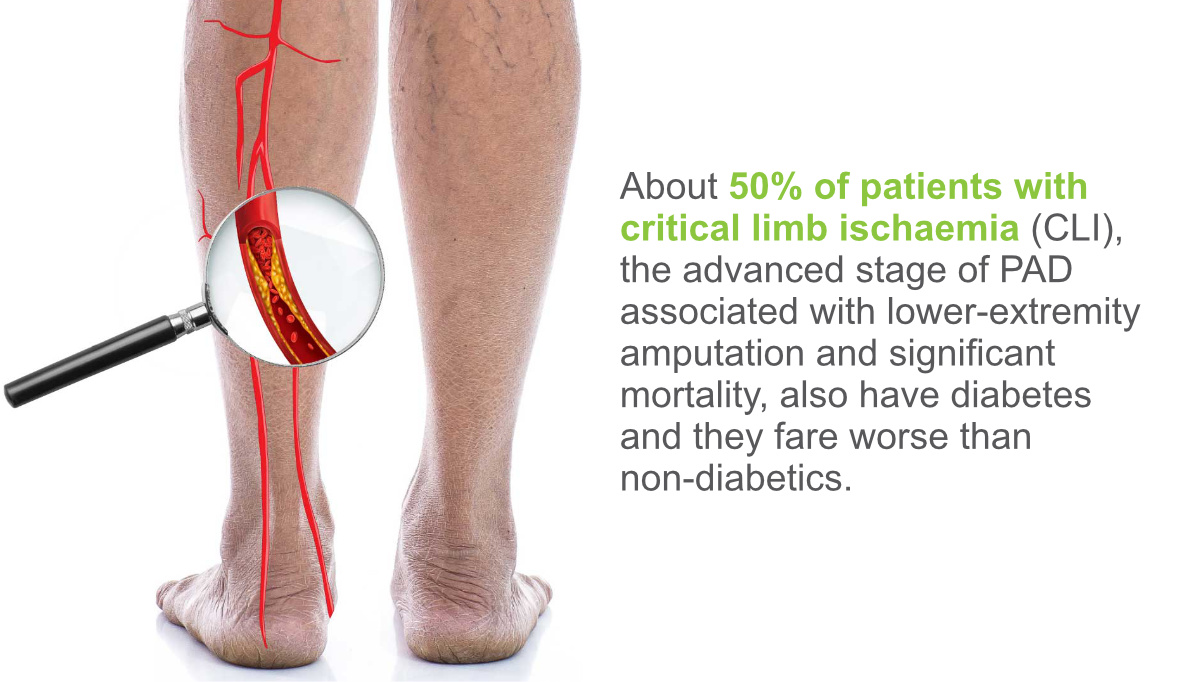All About Peripheral Artery Disease
 Do you feel frequent cramping in your legs, buttocks, or feet? Do you have pains or aches in your legs or feet, or have a lower temperature or swelling of your legs and arms? These are just a few of the symptoms of peripheral artery disease (PAD). PAD (also known as peripheral vascular disease, PVD) is a serious disease which millions Americans have. While with some people it can have no effect at all (except the above symptoms), in others, it can be crippling or even deadly. People with PAD have a much, much higher chance of having a heart attack, stroke, or even a limb amputation. And whenever somebody has any one of these things, there is always a chance of death.
Do you feel frequent cramping in your legs, buttocks, or feet? Do you have pains or aches in your legs or feet, or have a lower temperature or swelling of your legs and arms? These are just a few of the symptoms of peripheral artery disease (PAD). PAD (also known as peripheral vascular disease, PVD) is a serious disease which millions Americans have. While with some people it can have no effect at all (except the above symptoms), in others, it can be crippling or even deadly. People with PAD have a much, much higher chance of having a heart attack, stroke, or even a limb amputation. And whenever somebody has any one of these things, there is always a chance of death.
Even if you have this disease and it never kills you, it can be a great inconvenience. Cuts don’t heal right, body parts constantly fall asleep (and it takes a lot longer for them to return to normal if you have PAD), and sometimes it can just make you feel sick. The problem with PAD is the symptoms are so small and insignificant that many people don’t look into it further. After all, how can your legs irregularly falling asleep be the sign of a possibly deadly ailment?
There are five stages of PAD, and even at stage two one could feel frequently sick and pained. Stage one is mild pain when walking, stage two is severe pain when walking (sometimes even short distances), stage three is pain while resting, stage four is loss of sensation in some body parts, and stage five is the loss of tissue. If one knows the stages and symptoms of PAD, it is easy to go to a doctor and have it treated.
Most people with PAD are smokers or people who are around smokers a lot. Smoking is the #1 modifiable cause of PAD, and simply quitting can help you heal. The chemicals in cigarettes affect blood vessel lining, and the widespread damage of the lining can lead to PAD. Diabetics also have a higher change of this disease, and diabetic smokers have a one in three chance of contracting the disease and needing an amputation. Other people who are more prone to this disease are males, African Americans, seniors, and the obese. While even having all four of these characteristics (the most notable, controllable one is obesity) is not a guarantee you have or will contact PAD, the odds are definitely not in your favor.
Finding out if you have PAD is easy. Because PAD affects the legs so much, a test that is usually done is the ankle brachial pressure index. The test measures the fall in blood pressure in the arteries of the leg. When the results of the test are below 0.8, that indicates, and results of 0.5 indicate severe disease.


Comments are closed.